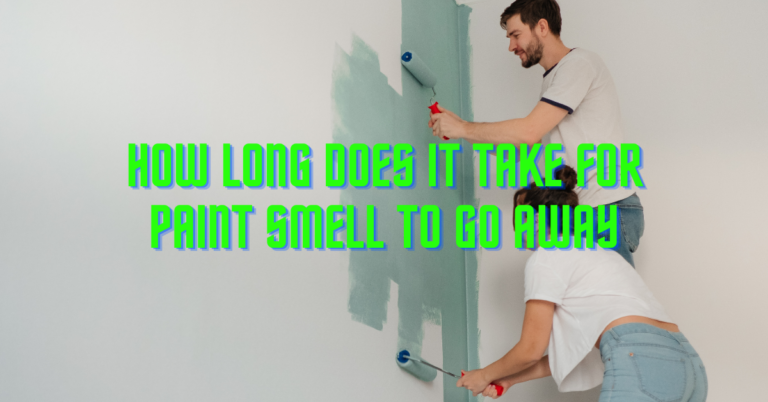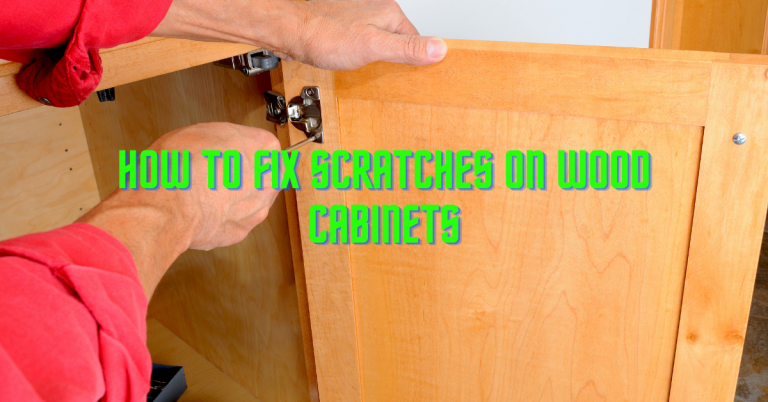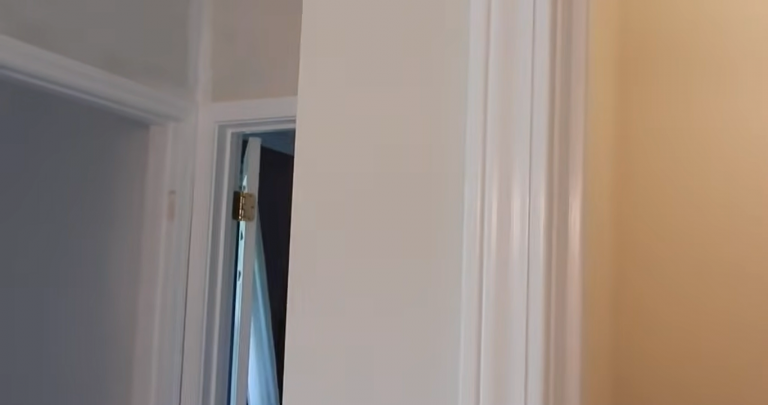How to Keep Untreated Wood From Rotting
When water enters the cracks and gets under painted surfaces, and doesn’t dry out, it can lead to wood rot. Immediately it takes hold, and you will need to spend big to carry out repairs and replace the parts that rot. If you leave the wood untreated, the rot will spread and infect other parts of the wood.
Therefore, it will lead to severe structural damage to the wood. Also, the dampness that creates rot in wood invites ravenous termites. The effect of wood rot makes lots of wood framing members, plywood sheathing, trim which is a lot. In this article, we shall look at how to treat untreated wood from rotting.
All at a Glance
How to Keep Untreated Wood From Rotting

These steps are simple but effective and will help you avoid the high cost of repairs and wood replacement.
Search for trouble spots
The most effective way to combat wood rot is to use your eyes. It would be best if you tried to carry out a tour of your house to inspect it. During the tour, you need to look for the following, Cracks and holes in the caulking around windows, doors, dryer vents, door posts.
The best thing to do when you notice any crack or holes in the parts of the house listed above, re-caulk any opening with the use of high-quality acrylic latex exterior caulk.
Stains around the fireplace and interior ceilings
It is possible to have leaks in the roof of your home. Investigate any damage yourself or get a professional roofing inspector to carry out the inspection. On average, roof repairs cost at least $10 to patch a small leak or $1,100 to repair a leaky roof.
Sagging and leaking gutters and downspouts
Several gutter repairs, as well as replacement, are simple do-it-yourself jobs. Nonetheless, you will need to be cautious about working close to the top of a multiple-story house. Professional gutter repairs cost at least $100 and not above $900. However, it depends on the degree of the damage.
Watch out for tree branches closer than two feet and stop them from siding
When you notice shrubbery is closer than 2 feet from siding, you need to trim them. The ideal distance of trees from the siding should be at least 3 feet. Tree branches can rub against roofs during periods of heavy winds.
Thereby damaging the roof. Trim the beaches to at least 3 feet away from the roof.
Crawl space vents blocked with leaves and other residues
It would help if you got rid of the blockage. You can get rid of blockages with the shop vac. They will make the vent screens clean.
Also, search for dirt, leaves, and twigs between decking boards
Make use of a screwdriver to pry out the gunk that may bind moisture and cause rot. It would help if you flushed any remnant residue by using a garden hose.
Search for Wood Rot
As you inspect your home, you need to seriously search for wood rot. Sometimes, it is not apparent – wood rot can happen under the outer surface of the wood and below the intact coatings of paint.
If you notice rot, utilize your fingers to press on wood surfaces and check if they feel soft. Utilize an awl to investigate wood framing. Common trouble spots are,
- Where two-piece of trim meet each other.
- Points where siding butt joints and the point where siding connects to a trim.
- Where deck supports posts of the building.
- Point where exterior stairs stringers support steps.
- Places where horizontal surfaces like door thresholds and railings are at.
Tips that will help You Prevent Wood Rot
The following tips are effective for preventing wood rot. Hence, the reason we provided them in this article.
Use lumber that is decay-resistant and pressure-treated for making decks. Ensure that wood reaches the ground and should be pressure-treated, and they are perfect for ground contact.
When building an exterior project using wood, stain a plank of wood on all sides of each piece of lumber before assembly. Ensure that you don’t lean anything against your siding. For example, ensure plywood, tools, and ladders don’t lean against the siding. Ensure your gutters are clean often to deter clogs that can lead to water backing up and spilling onto the siding.
How to Care for Wood Siding to Stop Wood Rot
For you to enjoy the beauty of wood siding, it needs to be adequately maintained with diligence. Wood siding is among the most beautiful types of siding. It is also one of the most expensive.
Therefore, if you want to prevent repairs that can make you spend lots of money, you need to keep the clapboard, shingles in good condition. Hence, regular upkeep and proper maintenance are vital.
The following steps will help you care for the wood siding effectively to prevent wood rot.
Select the right sealer
Wood can expand and contact ordinary humidity and temperature changes. If left without protection, the paint will crack and chip, which will put stress on the caulked seams around your windows and door hinges. If the caulk separated and can’t keep moisture put, water will enter into the siding, causing it to rot.
It does matter the species of wood used, and if they are not protected, chances are it will decay due to exposure to the elements. Hence, it would help if you sealed wood siding with paint or a sealer. Most people don’t know the difference between paints and sealers, and we shall discuss that below.
Paint
If you will paint your siding, it has to be done every five years, or immediately you notice it is deteriorating. Usually, you need to spend at least 60 hours of labor to complete a do-it-yourself paint job. If you hire a professional team, they will request at least $3,000 for a 2,300 sq. ft.
Sealers
Clear sealers are excellent for preventing moisture damage and enables wood to keep its natural appearance. However, it would help if you reapplied a sealer every 24 months minimum. Sealers are developed to assist in slowing down the effect of ultraviolet light to turn wood silvery gray.
Nonetheless, every natural wood will turn gray irrespective of its type after exposure to sunlight for a long time. You should expect to pay a minimum of $2,000 for a 2,300 sq.fr home if you hire a professional team.
Clean and remove stains
It would be best if you clean siding yearly using warm, soapy water alongside a brush. Before you start, it would be best to separate the house into 20-foot sections. Then, clean each section from bottom to top; this move will enable you to avoid drip marks.
Rinse each section before moving to the next one. If there are rust stains, clean with a mixture of oxalic acid solution dissolved in warm water. The ratio of the acid to water should be 4 – 1, respectively.
Ensure you put on eye protection and acid-proof gloves. You need to avoid splashing the mixture on adjacent surfaces. Use the mixture on the stain and scrub with a brush gently. It would be best to rinse thoroughly with water.
Replace damaged siding
You need the skill to repair wood siding. Also, the skill will help you remove the damaged siding without tampering with the surrounding siding. Without the required skill set, you need to hire a professional siding contractor. Usually, the cost of replacing one or two damaged siding ranges between $200 – $300.
Prevent damage
A home containing wood siding is the most susceptible to water infiltration at points where siding butts meet windows and doors. If the caulk is damaged or not there, reapply when the temperature is above 65 degrees Celsius or higher. Also, ensure that no bush, tree branches, or shrubbery touches the siding.
The reason is foliage brings moisture that can enter into cracks and tiny openings in the siding. Hence, you need to create enough space to enable you comfortably walk between your house and any plant materials. Further, it would be best if you were careful when you know the lawn. You should know that stones and sticks thrown off during lawn mowing are enemies of siding.
Conclusion – How to Keep Untreated Wood From Rotting
Wood rot is a common phenomenon. If left untreated, it will do more damage to the siding. Hence, you need to use the steps discussed here to prevent the rot of untreated wood.
The steps described here will prevent water from entering the wood, which is the primary source of wood rot. Also, we discussed the best way to care for your home siding to ensure it lasts longer. The siding made of wood is expensive, and you need to follow the steps discussed above to curtail any problem that will come upon the siding.
Important Reads:







